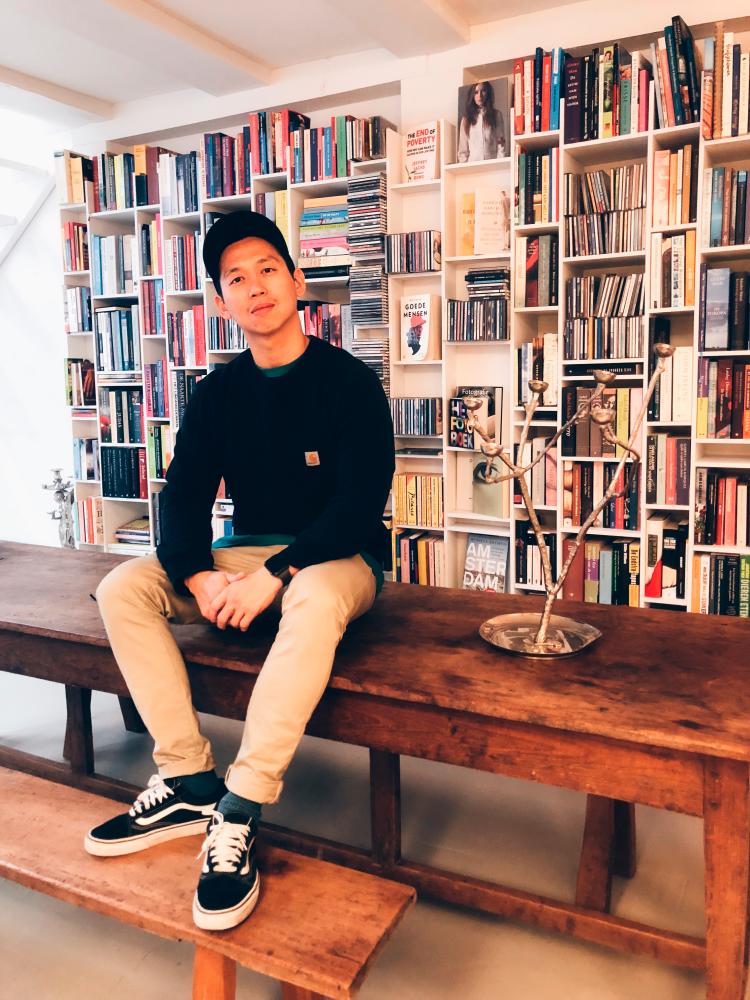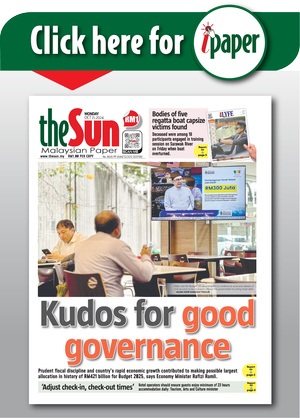FASHION is always in pursuit of revolutionary newness, but such ‘new’ ideas are, more often than not, merely old ideas renewed.
Why is fashion so obsessed with nostalgia? Can fashion consume moments of the past and still be able to articulate a new design language?
Recently, Pestle & Mortar Clothing (PMC)’s passion for the past focused upon a very particular nostalgia, as seen in its two most recent capsule collections.
The collections were inspired by two particular periods in time – KFC opening its first store in Kuala Lumpur in 1973, and when the Japanese TV show Ultraman was created in 1966.
The brand channelled these two pop culture icons’ respective multilayered influences into a series of streetwear items, utilising images and logos that play upon the fond memories Malaysians have of them.
PMC co-founder and creative director Hugh Koh shared: “I’m not entirely sure why nostalgia has such huge significance in regards to fashion, but it’s undoubtedly one of the main pillars at PMC that we explore – to invoke nostalgia.
“It proved to work, because it brings back memories of a time when we were happy.”
The KFC x PMC capsule collection was launched in time for Malaysia Day in September, and each piece in the collection is more symbolic than functional. PMC was also granted access to KFC’s heritage archives in order to incorporate certain images and ideas into the design process.
With this collaboration, PMC joins the rank of other international streetwear brands that have worked with KFC, including Human Made, Mam Cupy, and Carnival.
With Koh’s distinctively Malaysian-driven design language, news of the collaboration spread beyond the region, reaching an even wider global audience.
The PMC x Ultraman capsule collection, which was launched last month, was equally significant, as the sci-fi superhero has a significant impact in mainstream global pop culture to this day.
Most Malaysian children grew up watching TV shows featuring iterations of these beings from The Land of Light, but over the generations, Ultraman’s influence has waned as younger audiences have an increasing number of superhero shows to choose from.
In this sense, nostalgia may pave the way for fresh beginnings, not only for a franchise to find new fans, but also for old fans to reclaim a lost past.
The theme of nostalgia has become so prevalent in PMC’s work that it can be understood in both a figurative and literal sense, as a means of self-discovery, or a self-fashioning identity.
The brand’s decision to update iconic figures through the lens of streetwear fashion also offers us exciting nostalgia that we can literally buy into.
Koh explained: “There are so many other mediums that people use for nostalgia, and fashion is just one of those canvases for us to express it.
“It helps that fashion intertwines with our lives, even if it’s merely a graphic tee.
“What people want is something that represents them, either by making a statement, or which they feel they can relate to with its resonating values.
“Nostalgia can spark a conversation, as well as bring like-minded people together.
“With all these ‘noises’ happening around us, people just want to remember the good times back in the good old days.”
It’s also heartening to note that nostalgia is able to offer reassurance, particularly in times of uncertainty with the challenges faced by social unrest and political discourse.
Nostalgia’s representational state of perpetuity means happy memories can be revisited when people are in need of comfort.









